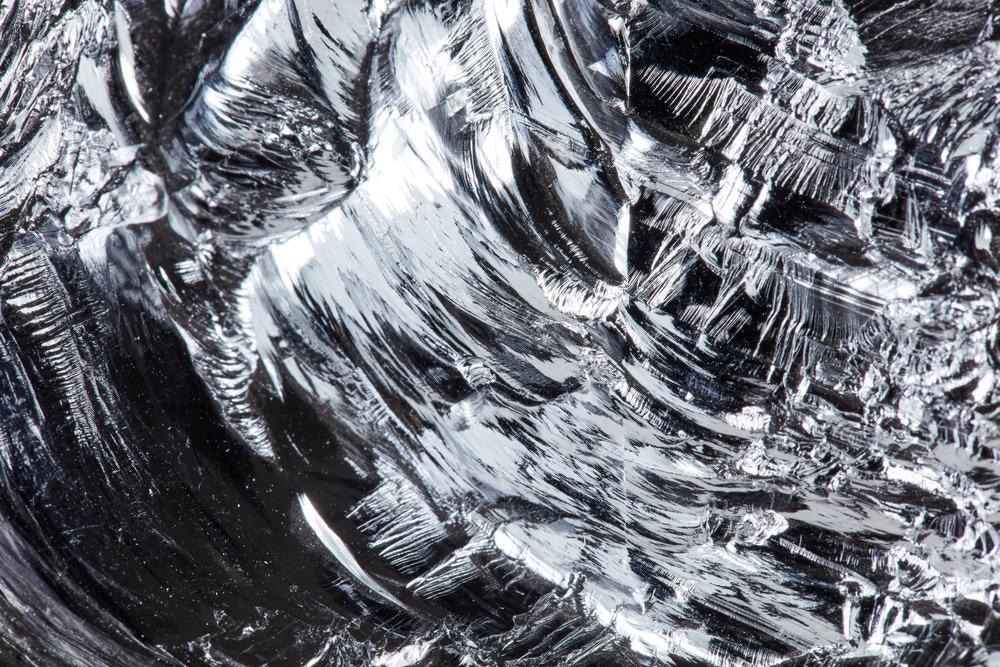In an article published in the journal ACS Applied Nano Materials, the optical characteristics of silicon (Si) micropyramids (MPs) were explored. It was discovered that nanoscale metallic films over textured Si have distinctive features that neither substance can achieve on its own, and that these qualities are significant for thermal and optical control.

Study: Nanometer-Thick Nickel Coatings on Silicon Micropyramids for Infrared Absorption. Image Credit: Foto-Ruhrgebiet/Shutterstock.com
Texturing Antireflective Surfaces for Improved Light Absorption
The non-reflecting qualities generated by patterning the semiconducting materials on the basis of established semiconductive treatment have been thoroughly explored and extensively employed for photovoltaic purposes, where the textured silicon, or black silicon, has shown exceptional antireflective behavior.
Such textures may be etched onto metallic or polymeric surfaces to customize thermal and optical sensitivity for various wavelength bands. Merging non-reflecting textured materials with a covering material – effectively creating a "core-shell" architecture – has been shown to markedly improve absorptive performance. This occurs via plasmonic resonance and the addition of different optical modes such as Fabry-Perot resonance.
Lately, the coupling of a metallic coating and patterned silicon has been demonstrated to greatly increase visible (Vis)/near-infrared (NIR) optical absorption.
Limitations of Textured Silicon
The capability of engineering optical absorption is critical for devices that rely on absorbing heat radiations or emitting heat from an exterior surface. Nonetheless, owing to Si material characteristics in the IR wavelengths, the optic qualities of microtextured and nanotextured Si cannot be significantly influenced just by patterns beyond the visible wavelength range.
Although several researchers have demonstrated that silicon nanowire patterning may affect IR transmission, the IR transmission loss can be minor and challenging to manage accurately. Si MPs with extra hierarchy and coverings have also been demonstrated to improve antireflective performance, although only in the visible to the near-IR spectral range.
Coating Silicon Micropyramids with Nickel or Gold
To build successful temperature control technologies for high-temperature and beyond-solar implementations like high-temperature cooling devices and thermophotovoltaics (TPVs), the designed material must be adjustable throughout the mid-IR (MIR) range as well as the Vis-NIR range.
Although nickel (Ni) MPs may be employed to improve the absorptive profile in the Vis-NIR, the metal texture has no effect on the mid-IR optical characteristics of the material, which are required for purposes such as TPVs, radiation cooling, heat control, and microbolometers.
Despite the fact that gold-coated silicon MP textures have been found to improve the absorbance of photons up to the near-IR, the optical characteristics of gold are unfavorable for improving the MIR optical characteristics. Therefore, gold coverings cannot provide the controllability necessary for the majority of thermal systems.
Key Findings of the Study
In this study, it was discovered that covering microtextured and nanotextured Si with a nanometer-thick layer of Ni had a considerable influence on the textured material's infrared optical characteristics. The optical characteristics were created by a combination of thin metallic covering and subwavelength properties of Si nanoscale or microscale texture.
It was demonstrated that altering the depth of the covering led to considerable IR absorbance increase and a high level of customizability in the optical characteristics. Covering Si MPs with a 20 nm thick covering of Ni generated new optical modes, and fractional penetration of light led to a considerable improvement in mean IR absorption from 0.21 to 0.46.
Thick metallic coverings prevent almost all penetration into the texture underneath, lowering absorptive performance. It was determined that with 100 nm thick nickel, the material successfully denied transmission, and the optical characteristics matched those of a comparable-sized microstructure formed completely of nickel.
This work shows that by including more nanometric textures on the MPs, infrared absorption may be boosted even further. The mean IR emission of Ni-coated nanotextured Si MPs rose from 0.37 to 0.66 and 0.57 with 20nm and 100nm coatings, respectively, as opposed to uncovered nanotextured Si MPs.
Aside from the optical readings, the results of this study should encourage the utilization of metallic coverings on textured Si for spectral emissivity and absorptivity management, as well as offer an understanding of the engineering of intricate optical and thermal specific emitters predicated on metallic coverings for thermal solutions such as TPV emitters and high-temperature cooling devices.
Reference
Sullivan, J., Yu, Z., & Lee, J. (2022). Nanometer-Thick Nickel Coatings on Silicon Micropyramids for Infrared Absorption. ACS Applied Nano Materials. Available at: https://pubs.acs.org/doi/full/10.1021/acsanm.2c00541
Disclaimer: The views expressed here are those of the author expressed in their private capacity and do not necessarily represent the views of AZoM.com Limited T/A AZoNetwork the owner and operator of this website. This disclaimer forms part of the Terms and conditions of use of this website.